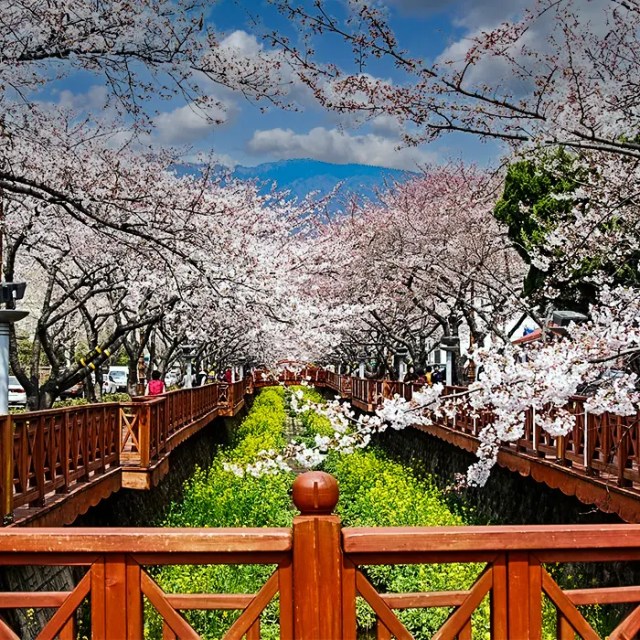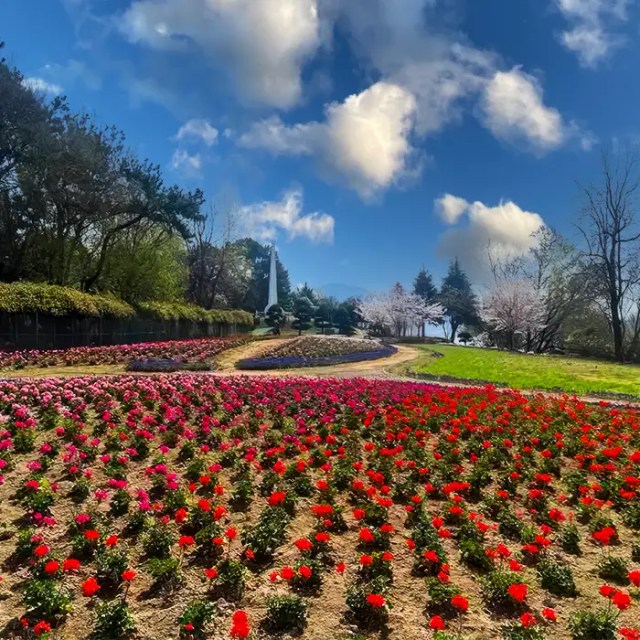Is a city that draws inspiration from the well-planned city of Canberra, Australia. As Korea’s first planned city, Changwon mirrors Canberra’s emphasis on accessible urban planning and distinct separation of residential and industrial areas. This influence is reflected in Changwon’s well-organized layout, which includes numerous parks and a commitment to sustainable policies.
Changwon’s history is a testament to its transformation and growth. The region has a rich heritage dating back to ancient times when it was inhabited during the Neolithic period. It played a significant role during the Three Kingdoms period and experienced cultural and economic development under the Unified Silla Dynasty. This historical foundation adds depth and intrigue to Changwon’s identity.
During the Japanese occupation of Korea, Changwon, known as Jinhae at that time, served as a strategic naval base, actively involved in shipbuilding and military operations. However, after World War II and the liberation of Korea, Changwon underwent a period of reconstruction and development. In 1974, it was designated as the capital of South Gyeongsang Province and became Korea’s first planned city, drawing inspiration from Canberra’s urban planning principles.
Changwon’s growth and industrial development have been remarkable. The city has attracted major companies and has become a hub for the defense industry in South Korea. It boasts a thriving industrial sector, with renowned companies such as Samsung, LG, Hyundai, and more. However, Changwon is not solely defined by industry. The city also offers a unique blend of cultural charm. Throughout the year, Changwon hosts various festivals and events that celebrate its rich heritage and vibrant community. The city is also renowned for its stunning natural landscapes, including mountains and coastal areas, providing ample opportunities for outdoor activities and exploration.










































